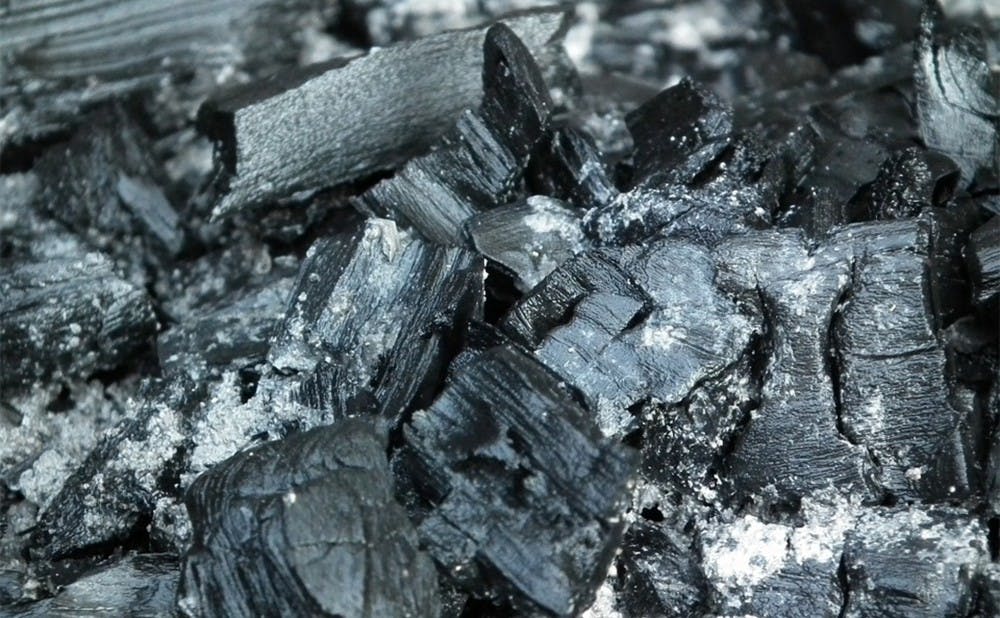Researchers at Duke are looking into radioactive coal ash from China and its effects, particularly on water contamination.
Avner Vengosh, professor of earth and ocean sciences, along with various Ph.D. and undergraduate students, has been researching how radioactive coal ash affects human health and the environment. They have found that not only is the ash dangerous when recycled or used in building materials, but also that leaking coal ash ponds and toxins released into the air pose a threat to both surrounding water and air quality.
“There is no ‘clean coal’ concept,” Vengosh said. “It is just moving the contaminants to the sky instead of to the water. There is not any way to get away from what’s in the coal.”
Radioactive coal ash comes from coal sites in China that have naturally-occurring, elevated uranium levels. Vengosh said he and his team have measured and analyzed radionuclide isotopes from the ash in his lab.
Before beginning the research, Vengosh expected to find high levels of radiation with uranium in the ash. However after the tests, they realized they had never seen such immense levels of radiation in ash before.
Vengosh described how the combustion of this uranium-rich coal results in tiny particles with high levels of contaminants. When people inhale these toxins or they end up in the water, there is a huge potential for effects on human health.
The toxins that are released into the atmosphere or put away in landfills and coal ash ponds can leak into the ground and contaminate both the air and water, as well as building materials and cement, Vengosh noted. Whether the exposure comes from being in a room made of recycled coal ash residue, the inhalation of the toxins in the air or contaminated water supplies, Vengosh emphasized that humans are at an increased risk for cancer due to the ash's high levels of radiation.
In the U.S., the government has used the idea of “clean coal” to alleviate the harm that coal toxins have on humans and the environment, Vengosh explained. However, "clean coal" simply does not exist, he added.
Although the use of “scrubbers” during coal combustion keeps toxic particles and gases out of the atmosphere, they do not provide the world with a clean form of coal. Instead, this method simply keeps the radioactive toxins in the coal ash which is eventually used in building materials or put in landfills and coal ash ponds, he said
“In the U.S., about 40-50 percent [of the ash] is going into the cement industry,” Vengosh said. “About 30 percent goes to landfills and about 20-30 percent goes to coal ash pond.”
Vengosh said such statistics demonstrate that there is potential for leaking and contamination of water, therefore resulting in a risk to human health.
Vengosh’s research is particularly important in China, as that is where most of the the radioactive coal comes from. Additionally, in a court case where Southern Environmental Law Center sued the Tennessee Valley Authority—an federal energy corporation—Vengosh's research on coal ash provided evidence for water contamination from a TVA coal ash pond, forcing TVA to end its use of the pond.
“That is pretty precedent, because now there will likely be other cases that demand what we call ‘phasing out’ of those coal ash ponds,” Vengosh said.
Get The Chronicle straight to your inbox
Signup for our weekly newsletter. Cancel at any time.

